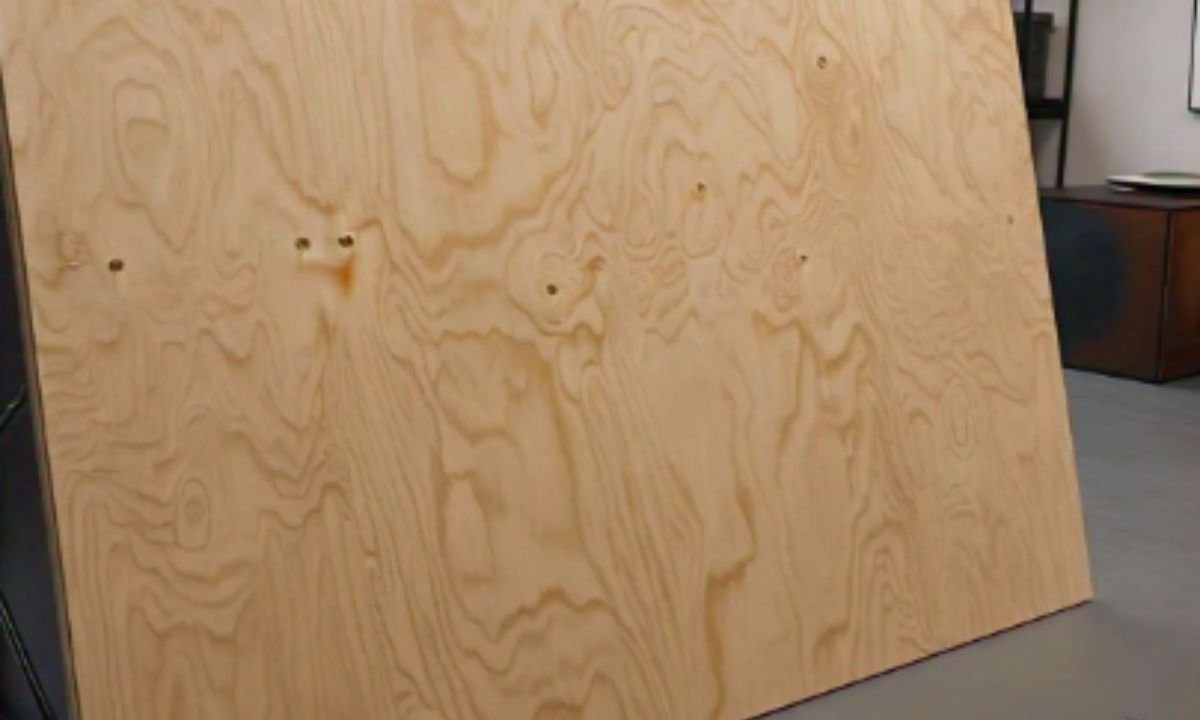Plywood, a versatile and durable building material, has come a long way since its humble beginnings in ancient civilizations. From its early use in furniture and construction to its modern applications in various industries, plywood has continuously evolved to meet the demands of changing times. In this blog post, we’ll explore the fascinating journey of plywood, tracing its evolution from traditional to modern applications.
The Early Origins of Plywood
The history of plywood dates back to ancient civilizations, where layers of wood were bonded using natural adhesives like plant resins and animal glue1. However, it wasn’t until the late 19th century that plywood, as we recognize it today, came into existence. In 1873, British inventor John M. M. Church invented the initial plywood machine, capable of efficiently producing thin wood veneers1.
Traditional Applications of Plywood
In the early 20th century, plywood began to gain popularity in various applications. It was widely used in the construction of boats, barracks, weapons, and aircraft during World War II. The “wooden wonder,” the de Havilland Mosquito aircraft, was built primarily from plywood, showcasing its strength and versatility.
Plywood also found its way into the furniture industry, with designers like Alvar Aalto creating iconic pieces like the Paimio Tuberculosis Sanitorium chair. The use of plywood expanded to include sewing machines, desktops, and household furniture.
The Evolution of Plywood Manufacturing
As the demand for plywood grew, so did the need for more efficient manufacturing processes. The evolution of plywood manufacturing saw the introduction of various techniques and technologies, such as:
- Vacuum Pressure Treatment: Plywood is now made with 100% scientifically researched proprietary Vacuum Pressure Chemical Treated veneer to provide protection against termites, borers, and fire.
- Fully Composed Core & Panels: Sophisticated core and panel composers ensure the precise manufacturing of high-quality plywood.
- 100% Phenolic Resins: The use of 100% BWP grade high solid phenolic polymers ensures excellent bonding and waterproof properties.
Modern Applications of Plywood
Today, plywood is used in a wide range of applications, from construction to furniture and beyond. Its versatility, strength, and cost-effectiveness make it a popular choice for builders and designers alike. Some of the modern applications of plywood include:
- Structural Applications: Plywood is commonly used in structural applications due to its ability to withstand weather exposure and stress.
- Furniture and Interior Design: Plywood is a popular choice for furniture and interior design, offering a range of options in terms of texture, color, and finish.
- Packaging and Transportation: Plywood is used in the construction of bins, crates, and boxes for packaging and transportation purposes.
Conclusion
The evolution of plywood has been a fascinating journey, marked by innovation, adaptation, and a constant pursuit of improvement. From its early use in ancient civilizations to its modern applications in various industries, plywood has proven to be a durable and versatile material that continues to shape the world around us. As technology advances and the demand for sustainable building materials grows, it is exciting to imagine what the future holds for this remarkable material.
ALSO READ: The Year Is 2023 Civilization Has Progressed Little: A Comprehensive Guide









